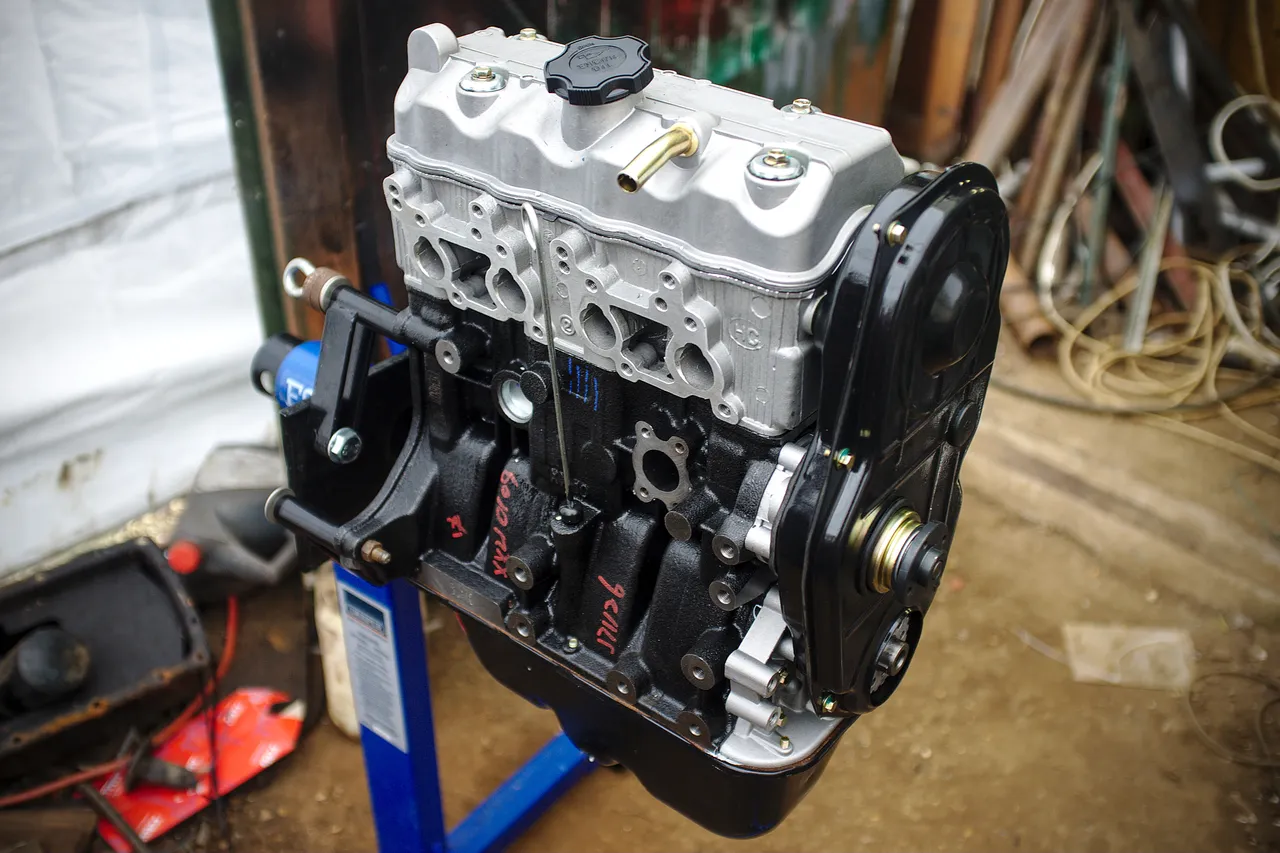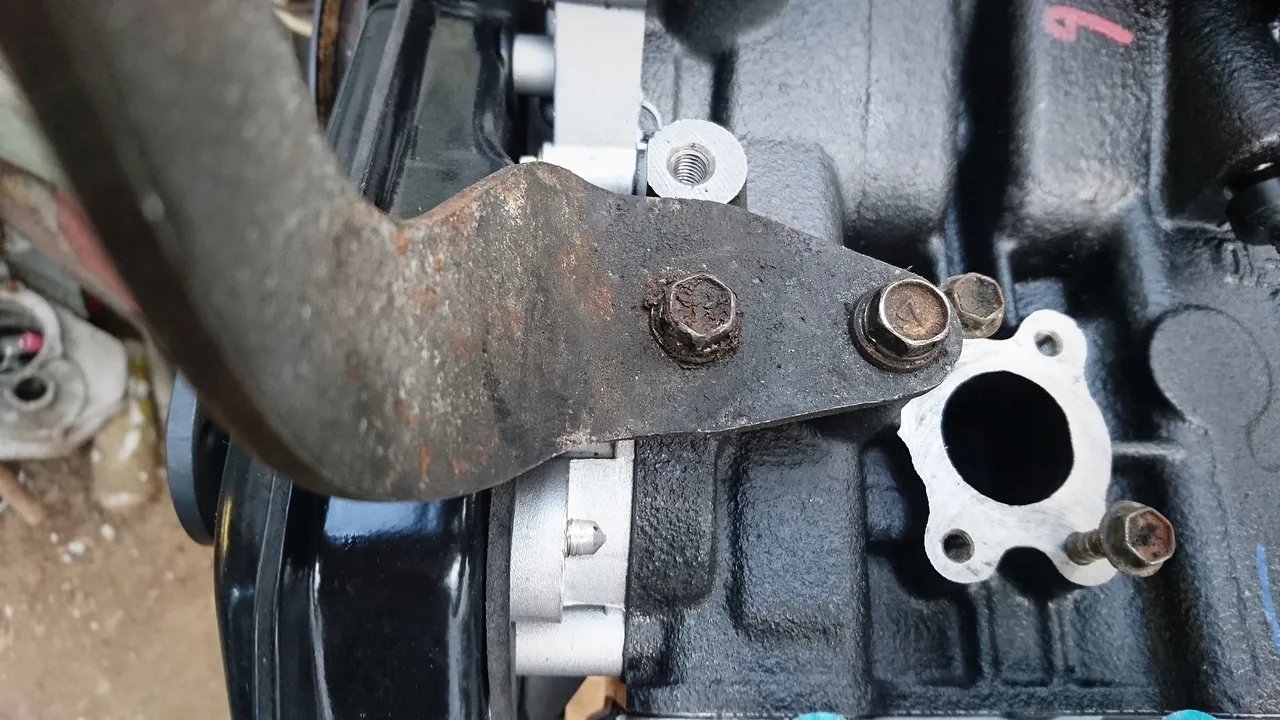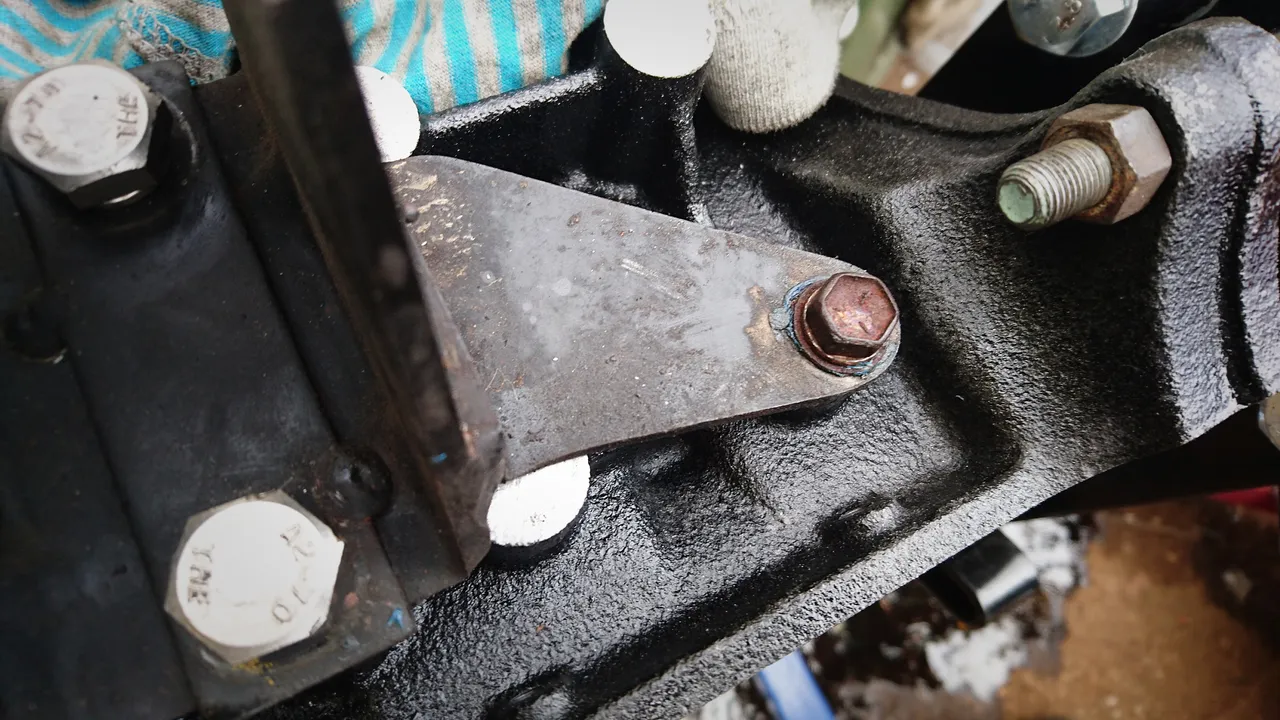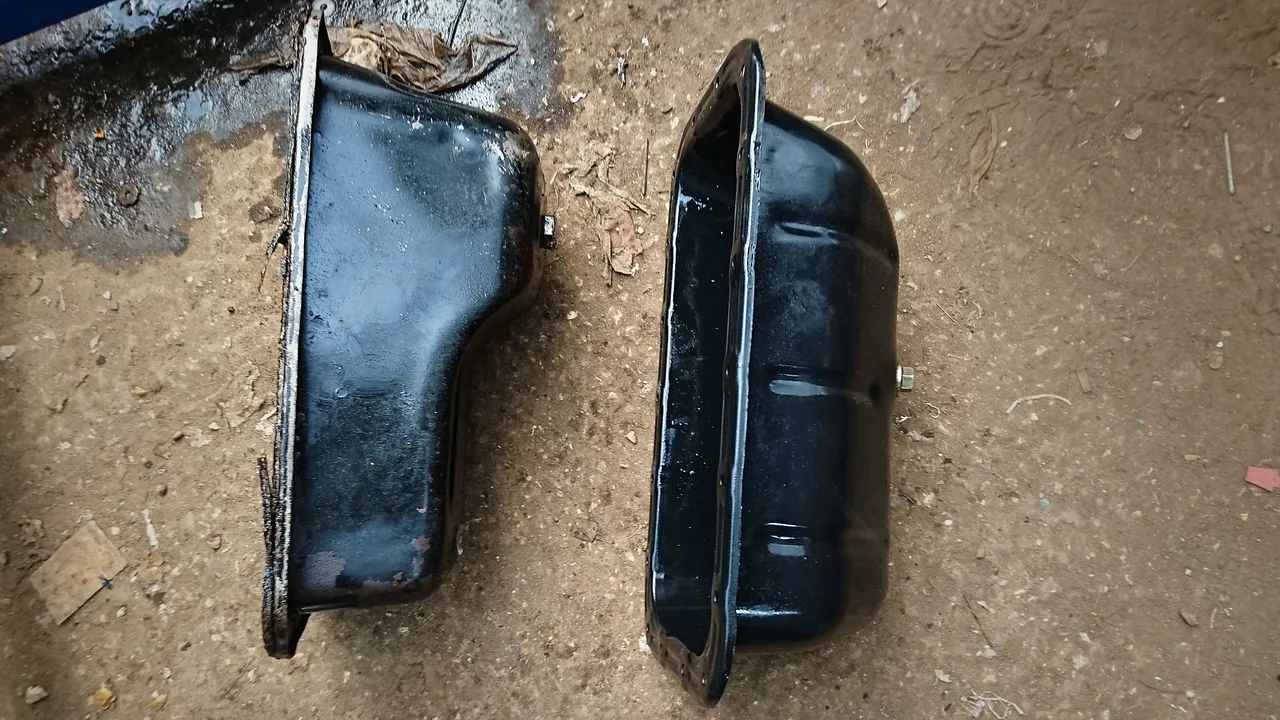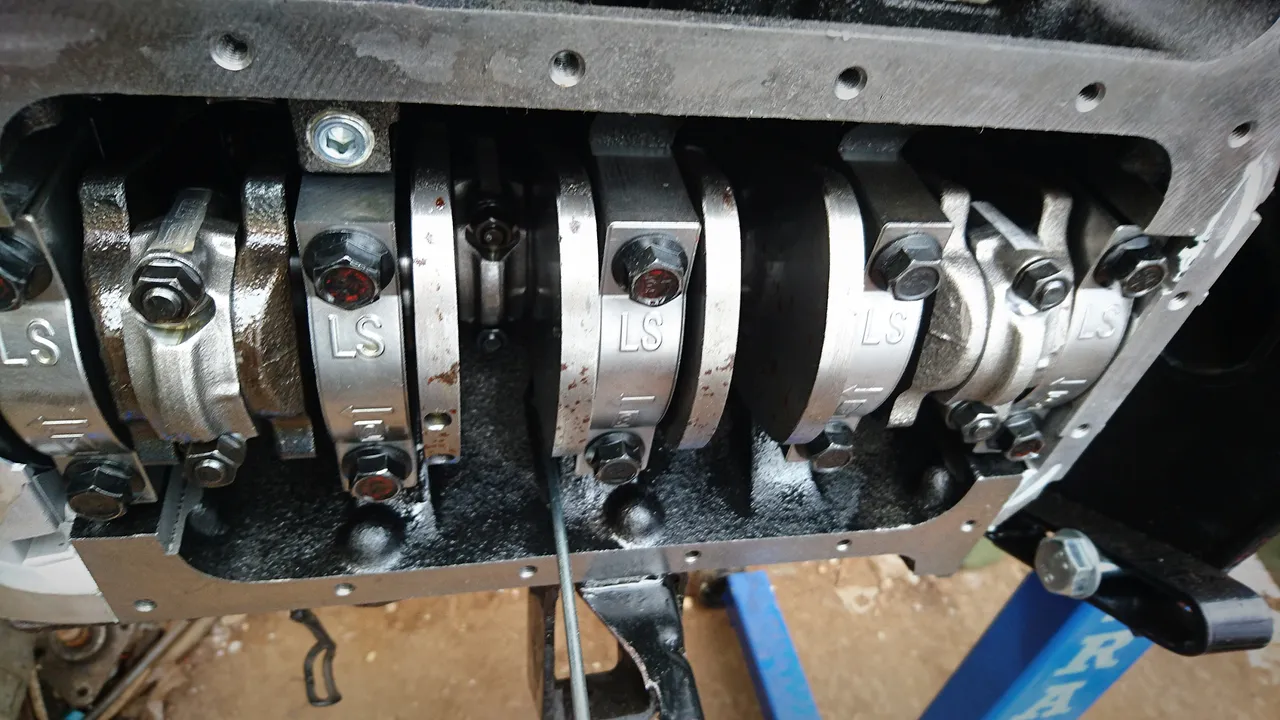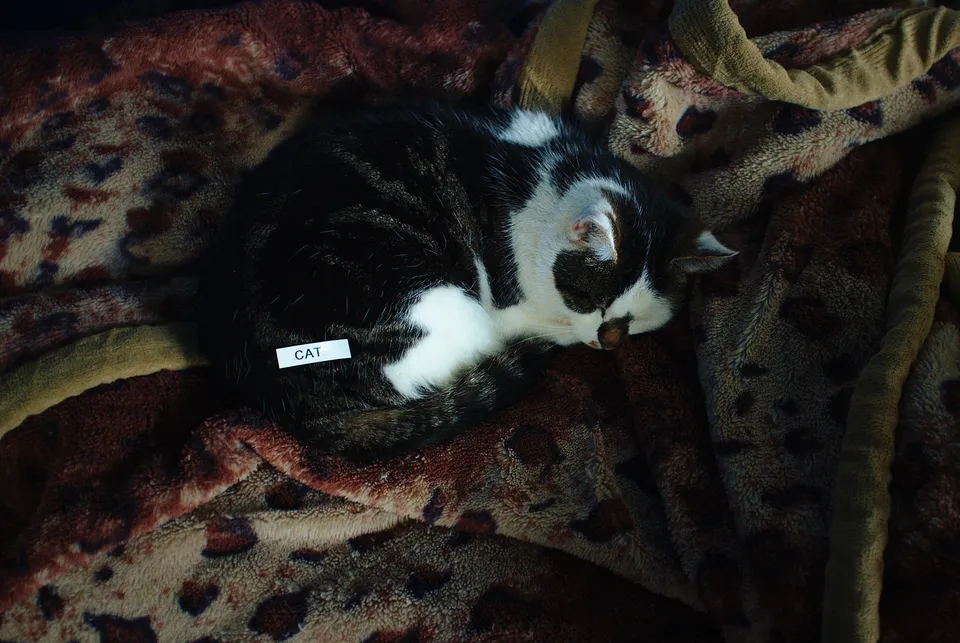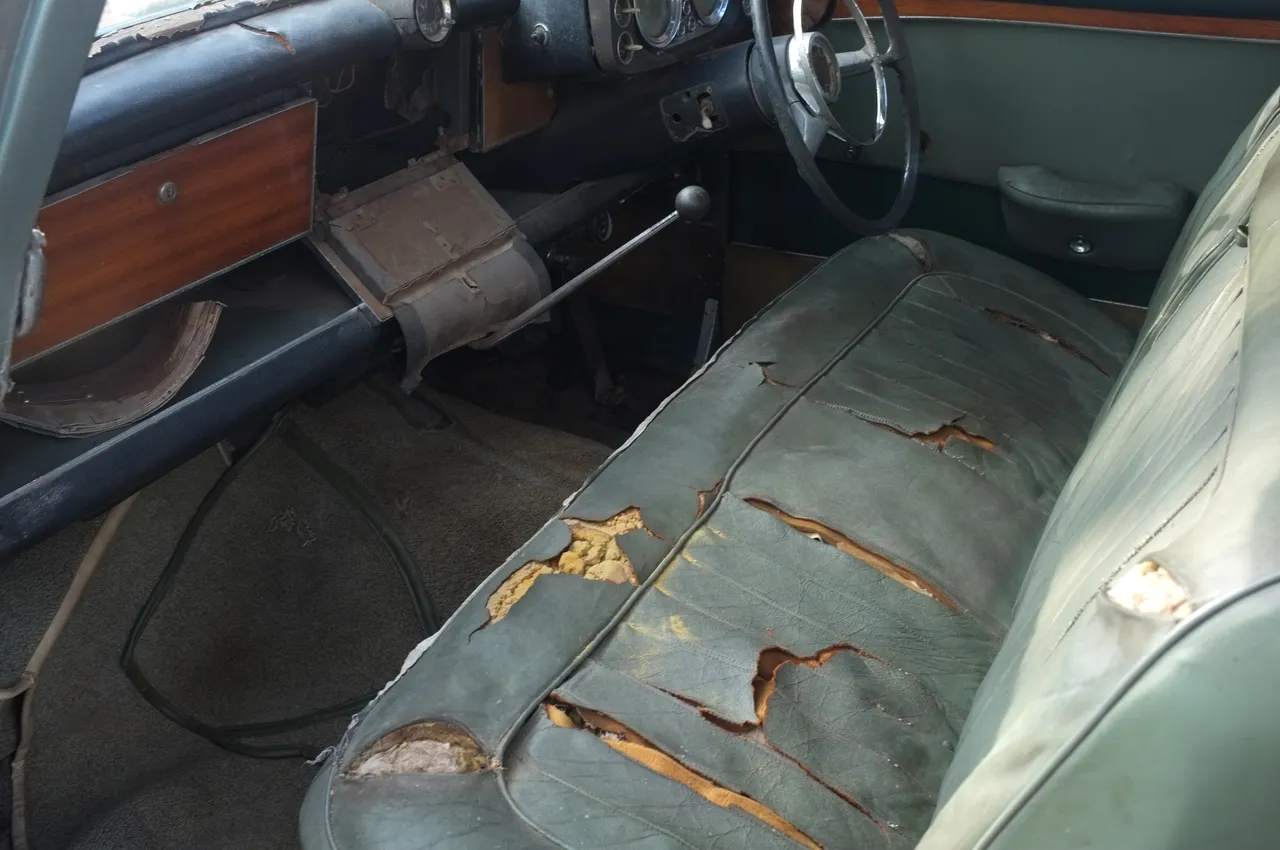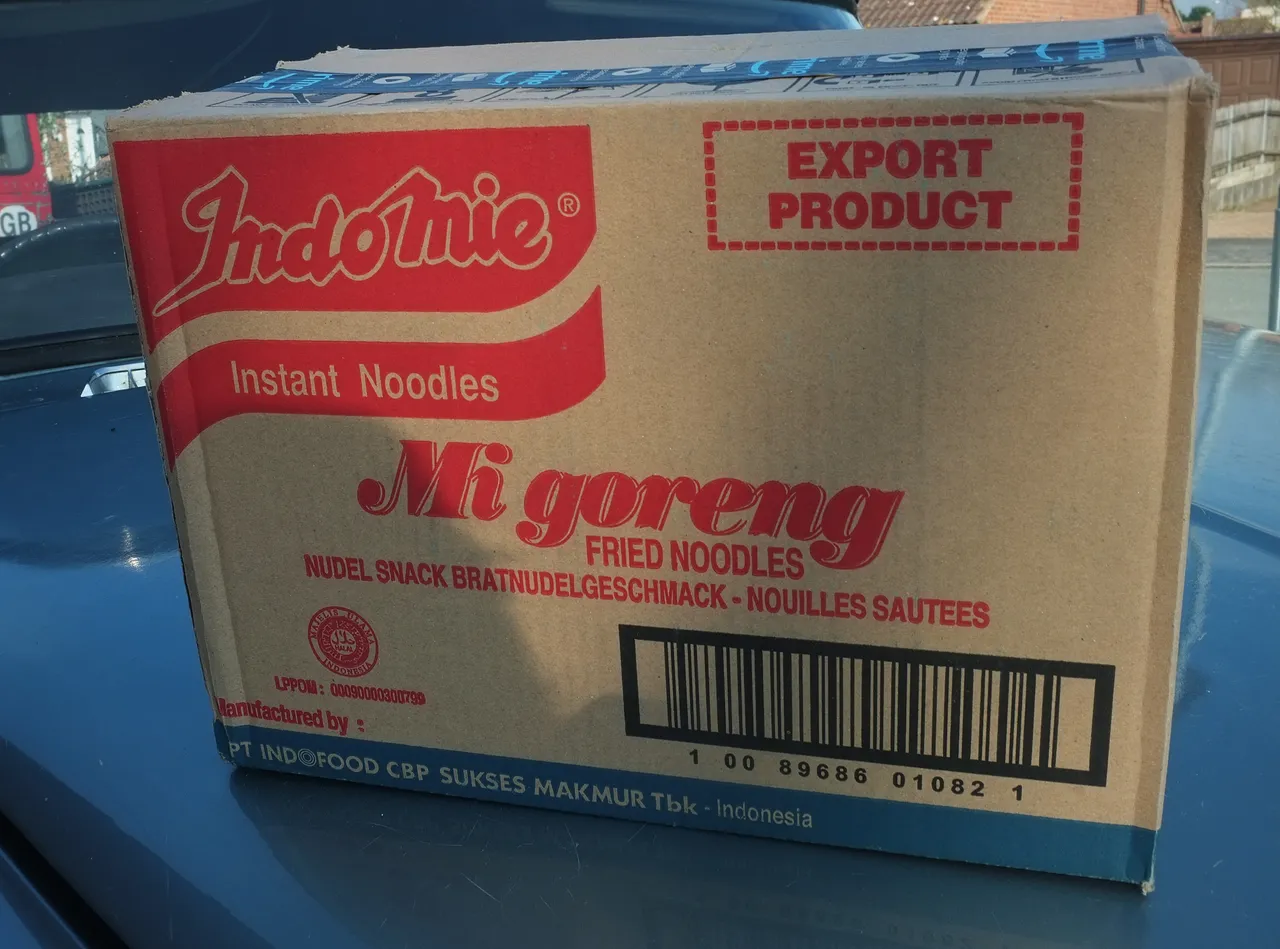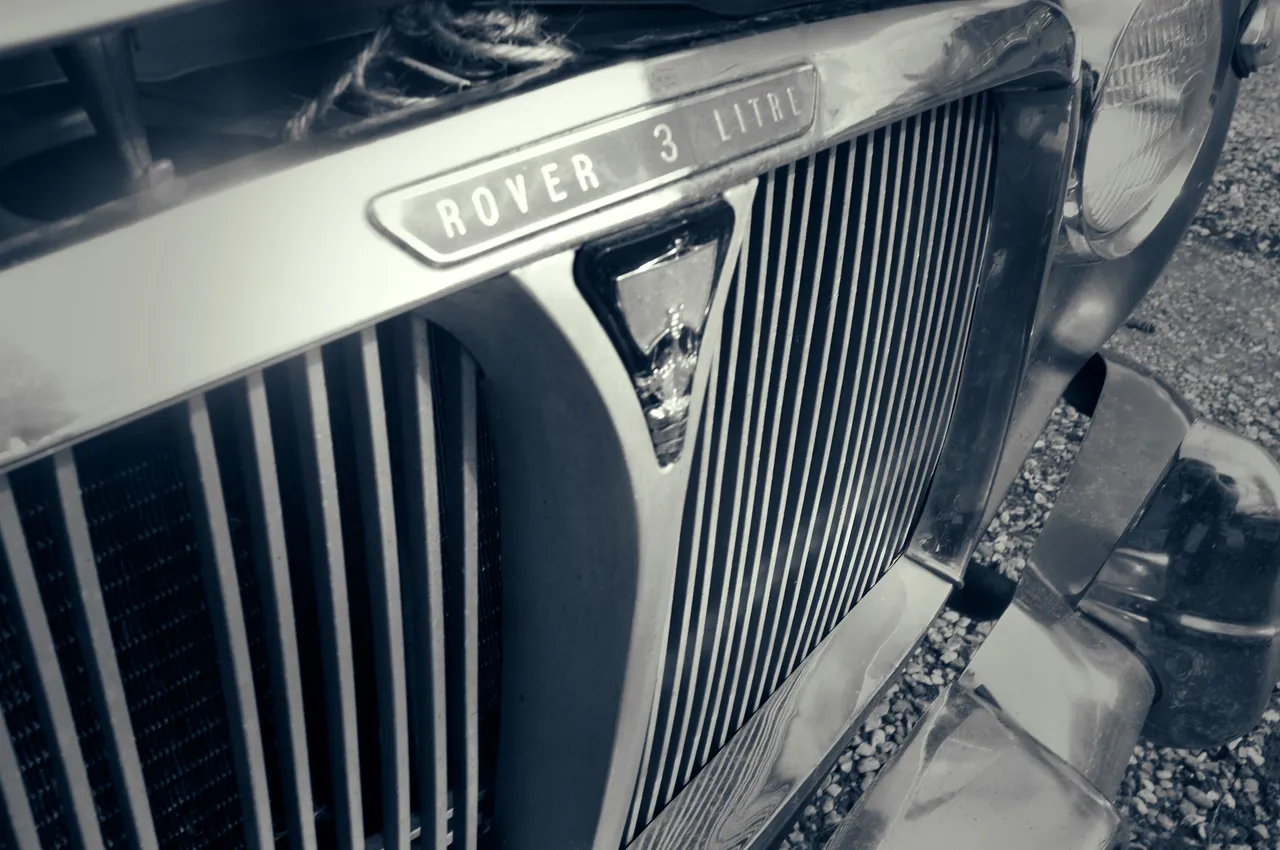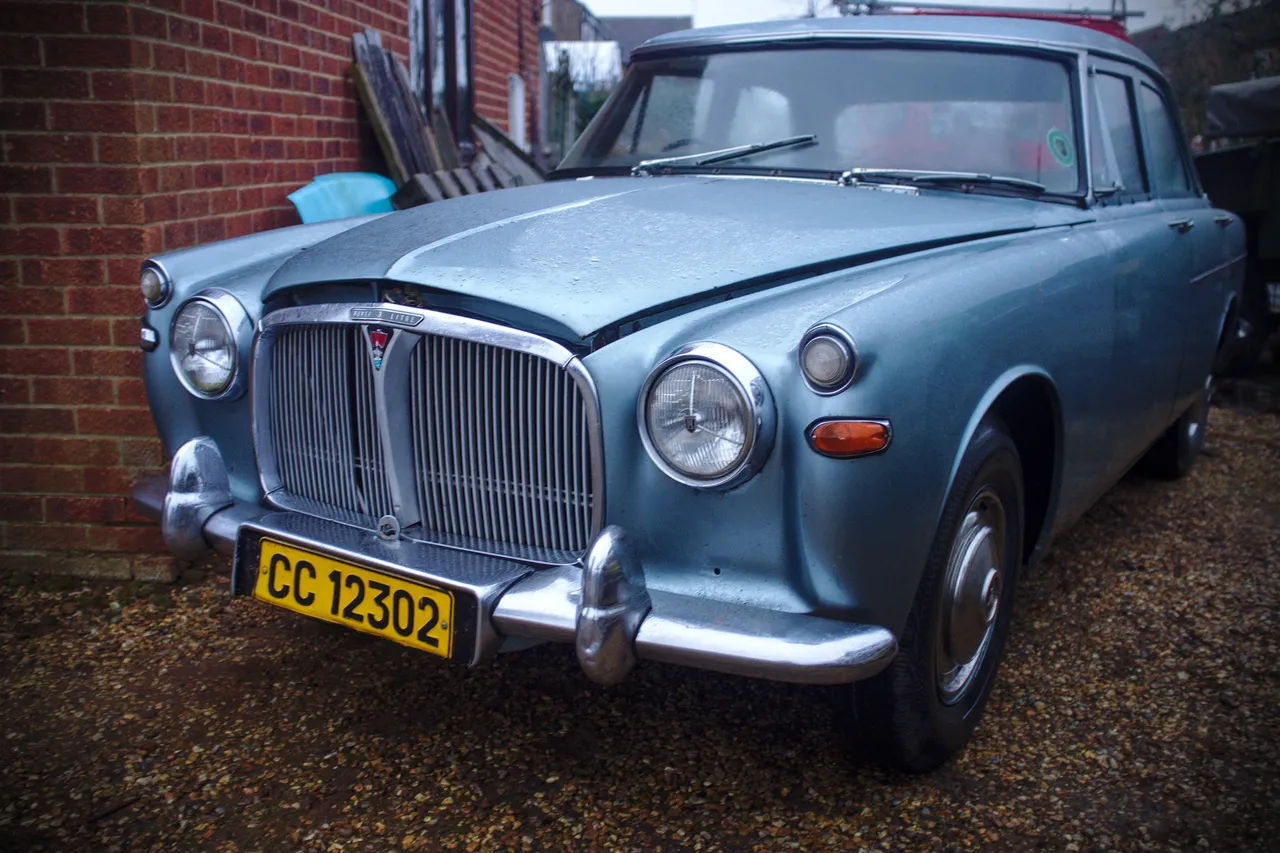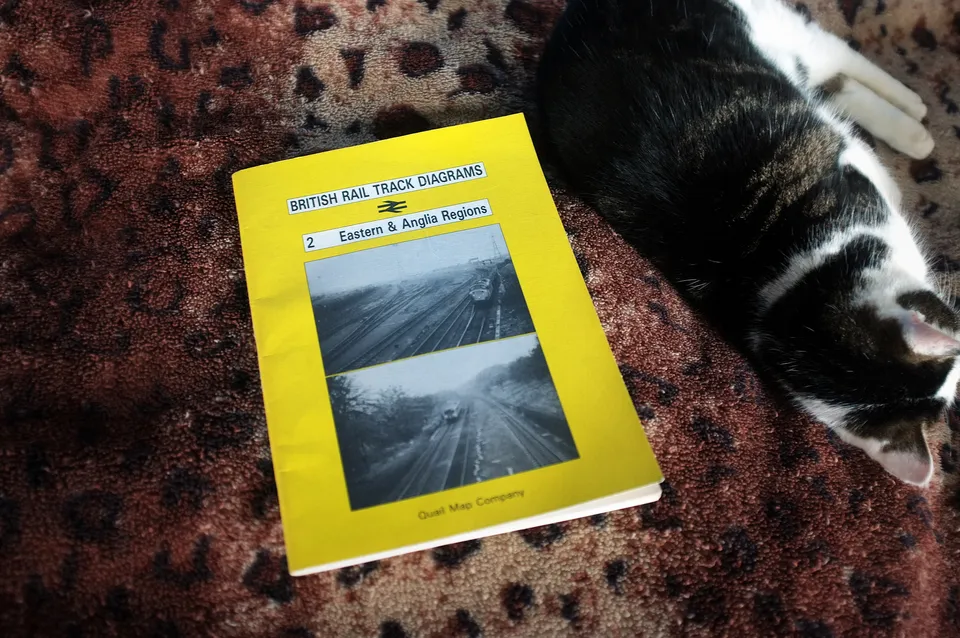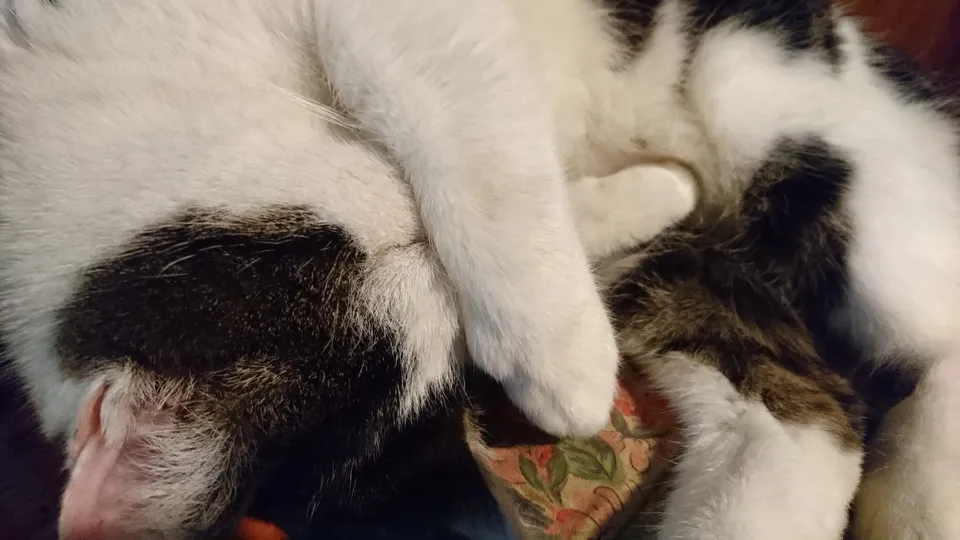Fitting a Chinese-made F10A engine to a Suzuki SJ 410: what you need to know
TL;DR: This requires some amateur machining skills. This also requires the SJ410's sump, oil pickup, and dipstick. It also requires either the SJ410's camshaft or a distributor from a late Vietnamese- or Myanmarese-market Suzuki Carry.
Did you know that the ancient Suzuki F10A engine is still produced today in China? As I write this, they are, because they are still used in brand new vehicles sold in Myanmar and Vietnam. And here's something somewhat more interesting than that: Manufacturers of these engines will sell them directly to customers in the West, even in single-engine quantities. Which is to say: if you need a new F10A engine, you can get in touch with one of their distributors, and have a brand new engine on your doorstep in a few weeks.
That sounds awfully tempting for any owner of a Suzuki SJ410 that has a worn engine; for significantly less than a grand (including the very expensive P&P), you could have a brand new engine in your SJ!
Here is what one looks like after it comes out of its box and goes onto a Draper engine stand:
I did say "box"! Bless these tiny engines; they're small enough that they can fit in a decently-sized, man-portable cardboard box with generous amounts of packing materials.
These Chinese-made engines (which I shall hereafter refer to as "Chinese engines") are designed for various small rear-wheel-drive trucks and vans that are still in use in a couple of Asian markets. The engine differs in subtle ways to the original F10A as fitted to the SJ410. It will require minor modifications to work with the ancillaries of the SJ, all of which I shall detail in this post.
Mounting points, general
Several of the mounting holes were drilled to...well, some thread that wasn't anything in particular. If you get any resistance winding in a metric bolt to any of these holes, don't force it. Use a tap to bring no-thread-in-particular out to a metric thread.
Camshaft
The supplied camshaft will almost certainly be incorrect; the distributor drive splines are angled in the wrong direction and will not drive the SJ410's distributor. Thus, you will either need to use your existing camshaft, buy a new one (available off-the-shelf), or fit a distributor that is appropriate for the camshaft. The correct distributor for the Chinese engine's cam should be the same as those fitted to later Vietnamese- and Myanmarese-market Suzuki Carry.
Alternator bracket
The Chinese engines use a different mounting point for the alternator bracket. This photo should illustrate this:
The spare hole at the top is where the Chinese engines are expecting the alternator bracket to bolt to, whereas the rightmost hole is where the SJ's alternator bracket wants to bolt to. The pegs are still there (presumably from the original casting) to accept a hole, but there is no hole or thread inside it. You will either have to modify your alternator bracket, or drill a hole and tap a thread into the still-extant mounting peg. The latter is what you see in the photo.
Engine mount brackets
You will need to drill out the engine-side holes in the engine mount brackets, because the Chinese engines have an M10 thread and the original SJ's engine uses M8.
On the exhaust-side engine mount, you'll have the same problem as you did on the alternator; the pegs for a mounting hole still exist, but you will need to drill into the peg and tap a thread for the engine mount. Be very careful here; it is easy to drill too far and thereby poke a hole into your crankcase area, and you'll end up with machining swarf chilling in your crankcase.
Sump & oil pickup
You will need to use the SJ410's original sump. This should clearly illustrate why:
The sump on the SJ410 engines has a large cutout at the front to clear your axle, and is somewhat deeper at the back. Of course, this is not necessary on rear-wheel-drive cars, so they have a flat, deep sump. If your SJ410 has a substantial-enough suspension lift kit, you might get away with it. Or you might smash an axle-sized hole in your sump, and not get away with it. It's much better to use the original sump.
For this reason, you're going to have to use the SJ410's oil pickup pipe, too, as the SJ410's picks up from a different place, and the Chinese engine's one will be too long for the SJ engine's sump. This will present you with another problem, which is that the extra length of the SJ's oil pickup necessitates an extra bracket to hold the oil pickup in place. This bracket is attached to a hole on the middlemost main bearing cap...
...which does not exist at all on the Chinese engine's middlemost bearing cap:
Don't try and use the SJ410's bearing cap; the tolerances down there are very tight. It is best to weld a nut onto the Chinese engine's main bearing cap.
Here's what that looks like:
You'll also need to use the SJ410's dipstick, or modify the Chinese engine's dipstick.
Spark plugs
Your Chinese engine may come with spark plugs. If it does, they will probably be mystery-meat spark plugs. They will do fine, in the short term. They will burn out soon enough, so you should definitely replace them at the first opportunity with a set of NGK plugs.
Addendum: the real work here and all of the learnings are those of Maurice Carter, who does not have a website. My contribution is limited to offering bad ideas, offering exactly two good ideas, taking photographs, and arranging some words to form some sentences that you just read.

